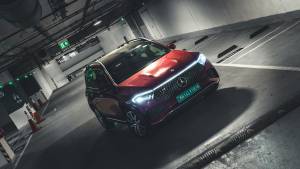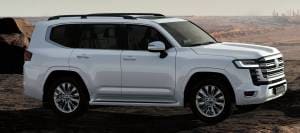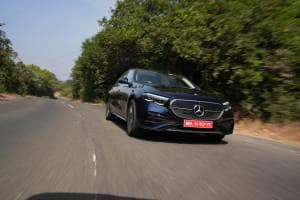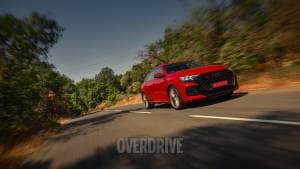Mercedes-Benz EQB review, first-drive - compact 7-seat EV to break moulds
With the introduction of the EQB 300 4MATIC, Mercedes becomes the first car maker in the country to offer the largest portfolio of EVs. They began with the EQC, then followed it up with the EQS and its performance-mad sibling the EQS 53 AMG, and now they have the EQB. The EV shares its platform with the GLB, unlike the EQS which was designed from the ground up as an EV. That said the EQB has a very different character from the GLB, the fittings are pretty similar and you'd see these in other Mercedes-Benz cars such as the A-Class and the GLA. For India, the EQB will be offered as a fully built-up unit, though the GLB will be locally assembled. I was hoping Mercedes would add the EQB to their locally built EV portfolio, but this may only happen if they see significant demand.

Visually the EQB isn't hard to distinguish from its sibling, it loses the front grille replaced by a black mirror-finished panel on which the Benz 3-pointed star sits. As with all EQs, the headlamps and the badges get the blue highlights, which don't come on its ICE counterparts. Then there are the light works, LED strips connect the front headlamps and the tail lamps at the rear giving it a very Tron-like flourish. Does it look good, in my opinion, it attracts attention but isn't good-looking.
The dimensions of the EQB are identical to the GLB, but what is interesting is that it gets a little more ground clearance than the GLB. This is because the battery pack sits under the floor pan, and to protect it, Mercedes have raised the floor pan to accommodate the battery pack. The EQB is after all all-wheel driven and has a few off-road abilities, and you don't want to be damaging the EQBs underbelly in those situations. Raising the floorpan however creates a completely different issue, it raises the floor inside the cabin, and without raising the roof, you now have lesser headspace, plus middle-row occupants sit with your knees raised a little higher. This wouldn't be a problem in urban commutes for short distances, but I suspect it won't be as comfortable as the GLB over longer journeys. I also found the seats in the EQB flatter, harder and slimmer than in the GLB. Neither do they support your torso as well as the seats in the GLB. The India spec EQB gets the rose gold highlights in the air-con vents, that and the upholstery are the only differences between the ICE and EV variants.
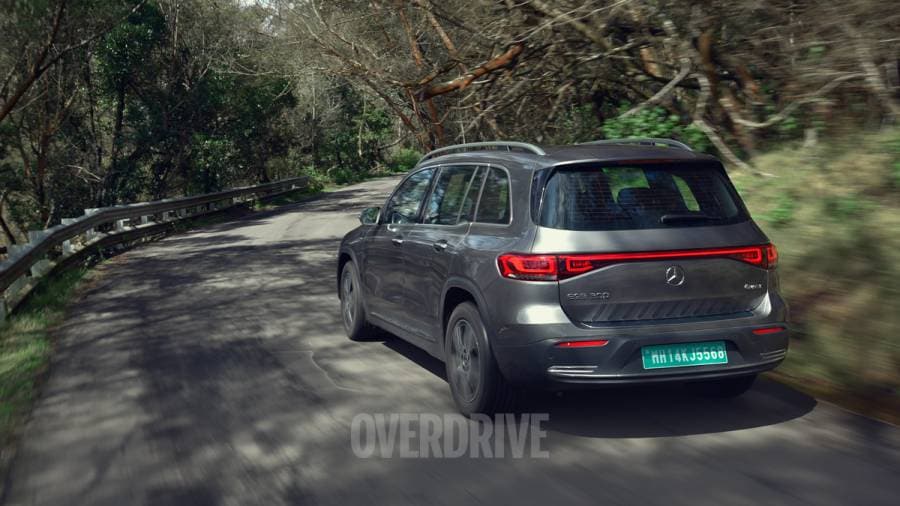
The EQB has two motors driving each axle. At the front, it's an asynchronous magnet-type motor, while at the rear it uses permanently excited synchronous motors. Total output is rated at 1868kW with 390Nm of torque. Top speed is restricted to 160kmph, but this SUV will hit the ton in under 6 seconds. The EQB, like the GLB also gets multiple drive modes. ECO mode dampens the performance significantly in the interests of providing maximum range while SPORT dials in dollops of intestine readjusting acceleration. You can also recover energy back into the system like most EVs, using the paddles behind the steering wheel to adjust the level of recuperation. D- has the strongest rate of recuperation and you do feel a sharp tug when you release the accelerator pedal. Stepping on the brakes adds more juice to the recharging cycle, so use both to maintain a healthy range. Mercedes engineers stated that the range on paper is around 420kms, but real-world conditions should see anywhere between 380-400kms at best.
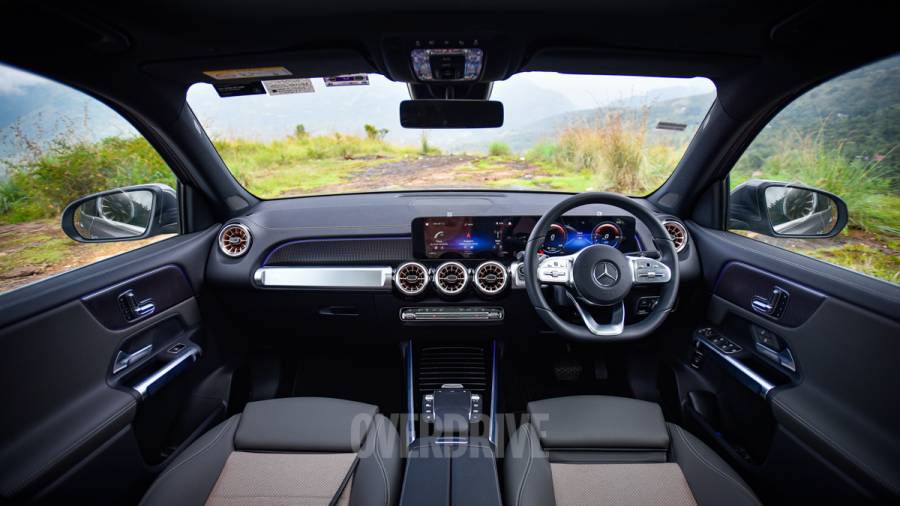
Driving the EQB is also a very different sensation compared to the GLB, and not in the least because of electric propulsion. The batteries sitting low give it some brilliant agility. It feels a lot lighter and nimble to drive than the GLB, and keep in mind this is the same architecture, with very minor tweaking done to the suspension. Just the weight balance brings a tremendously nicer feel to the EQB, and this allows it to be pushed harder around corners with a lot more confidence. It's not a sporty SUV, but with the performance and dynamics on offer, you would find it hard not to indulge occasionally in a bit of fun.
On the practicality side of things, the EQBs 66.5kWh battery can be charged at up to 11kW on an AC supply with the onboard charger provided as standard equipment. For faster DC charging, the EQB can be charged with a maximum of 100kW. An 80% state of charge from 10% can take up to 30 minutes on a 100kW DC charger with AC charging taking anywhere up to 6 hours and 30 minutes.
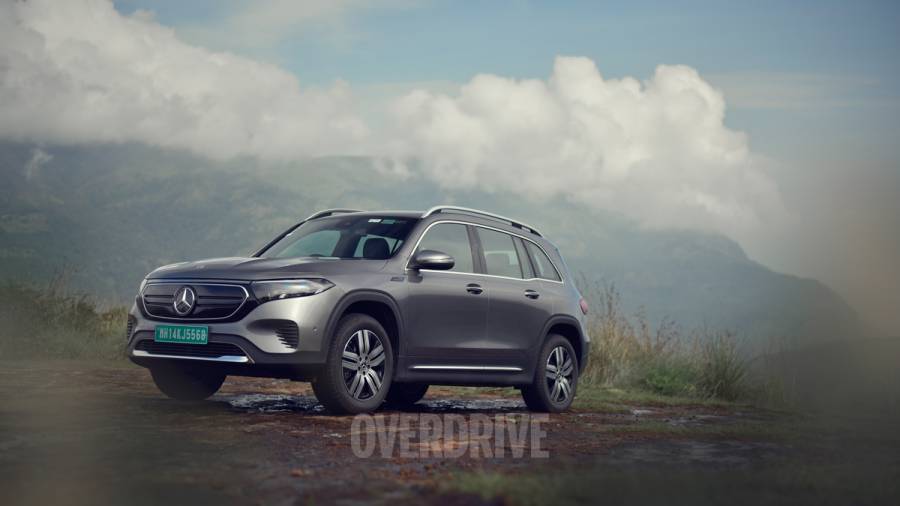
Overall the EQB feels like a much nicer SUV to drive than the GLB. But here's the thing, given the state of the charging grid across the country, the EQB is still best confined to urban spaces. Use it in and around your home or work areas though if you like your comfort, and need the space for longer journeys then the GLB works out better. Either way these new SUVs from Mercedes Benz usher in a new age of electric mobility for larger families.
-NA-
-NA-
228
390
-NA-
